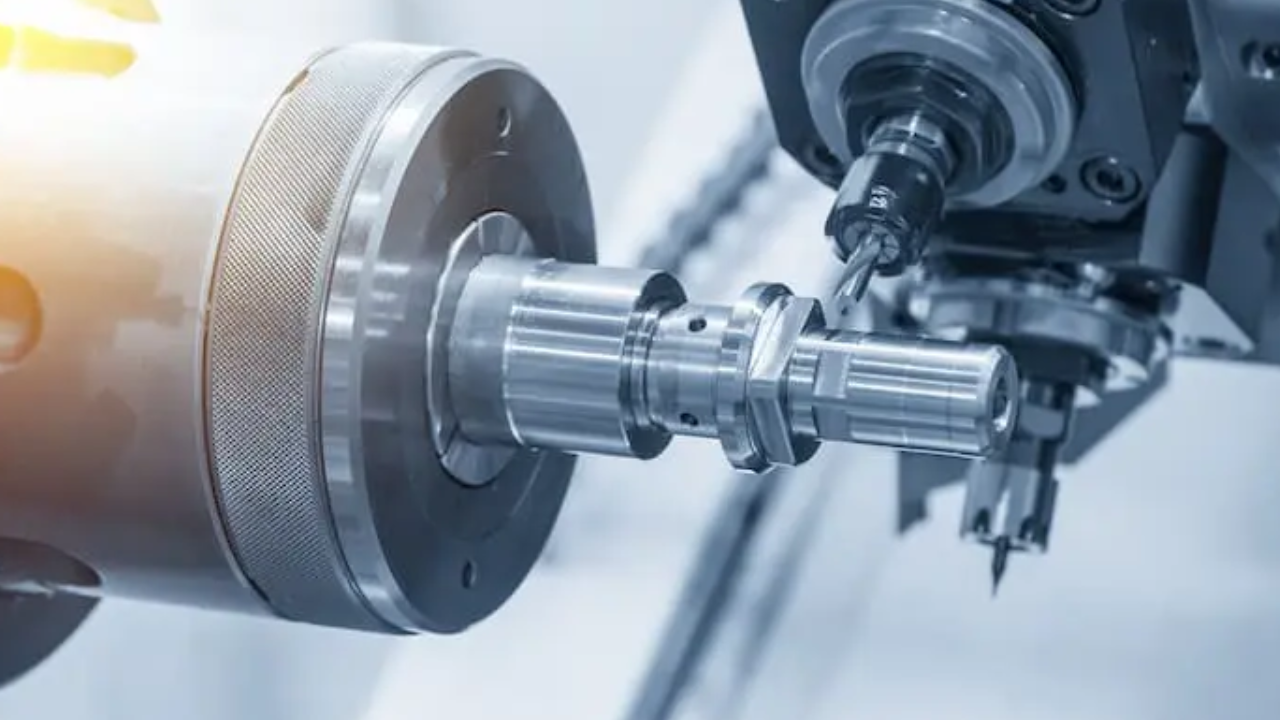In the realm of manufacturing, the choice between CNC machining and manual machining is a critical decision that can significantly impact the outcome of a project. CNC machining, driven by computerized precision, stands in contrast to the hands-on expertise of manual machining.
The decision on which process to choose often hinges on factors such as project complexity, volume, and the level of control desired. In this exploration, we'll also navigate the nuances of CNC and manual machining of 3ERP, unraveling the unique advantages each brings to the table.
Moreover, the decision between cnc machining vs manual machining depends on factors such as project complexity, volume, and the desired level of automation, influencing the manufacturing approach. Whether you're delving into the world of manufacturing or understanding the differences between these two methods is key to making an informed choice for your specific needs.
Navigating the Manufacturing Landscape of Machining
CNC machining and manual machining are two distinct processes of 3ERP, each with its own set of advantages and considerations. In this exploration, we'll delve into the characteristics of both methods, offering insights to help you determine which might be the better fit for your specific needs.
Understanding CNC Machining
CNC machining, or Computer Numerical Control machining, is a modern, automated process that relies on computerized systems to control machine tools. It offers precision and repeatability, allowing for intricate designs and complex components. CNC machines operate with programmed code, enabling them to produce consistent results with minimal human intervention. This method is ideal for high-volume production and tasks requiring tight tolerances.
Exploring Manual Machining
On the other hand, manual machining involves skilled operators using manual tools like lathes, mills, and drills to shape and cut materials. While it may lack the precision of CNC machining, manual machining offers a hands-on approach, allowing operators to make adjustments in real-time. This method is often preferred for prototyping, small-batch production, or tasks that demand a high level of operator control and expertise.
Precision and Accuracy
CNC machining excels in precision and accuracy, ensuring that each piece produced is identical to the programmed design. Manual machining, while capable of high precision, may have slight variations due to the human element. If your project demands consistency and minimal deviations, CNC machining is the preferred choice.
Complexity of Designs
CNC machining shines when it comes to intricate and complex designs. Its ability to execute precise movements and intricate toolpaths makes it suitable for projects with detailed geometric shapes and tight tolerances. Manual machining, while versatile, may struggle to replicate such complexity consistently.
Production Volume
In scenarios involving large production volumes, CNC machining stands out for its efficiency and speed. Once programmed, CNC machines can tirelessly reproduce components with minimal downtime, streamlining the manufacturing process. On the other hand, manual machining, although effective for smaller batches, might become time-consuming and labor-intensive when dealing with mass production.
Operator Skill and Training
CNC machining demands operators with proficiency in programming to generate and adjust code, while manual machining relies on the mastery of manual tools by skilled craftsmen. Although the learning curve for CNC machining may be steeper, once mastered, it provides a higher level of automation and efficiency in the manufacturing process.
Cost Considerations
Cost plays a pivotal role in the decision-making process. The upfront expenses for CNC machining, including initial setup costs and maintenance, may be relatively higher. Nevertheless, for extensive production runs, it frequently proves to be cost-effective in the long term. On the other hand, manual machining, while more accessible in terms of initial costs, could lead to increased labor expenses over time.
Conclusion
The choice between CNC machining and manual machining by 3ERP depends on the specific requirements of your project. If precision, consistency, and large-scale production are paramount, CNC machining is the way to go. However, for small batches, prototyping, or tasks requiring hands-on craftsmanship. Ultimately, the decision should align with your project goals, budget constraints, and the level of control and automation you seek in the machining process.

